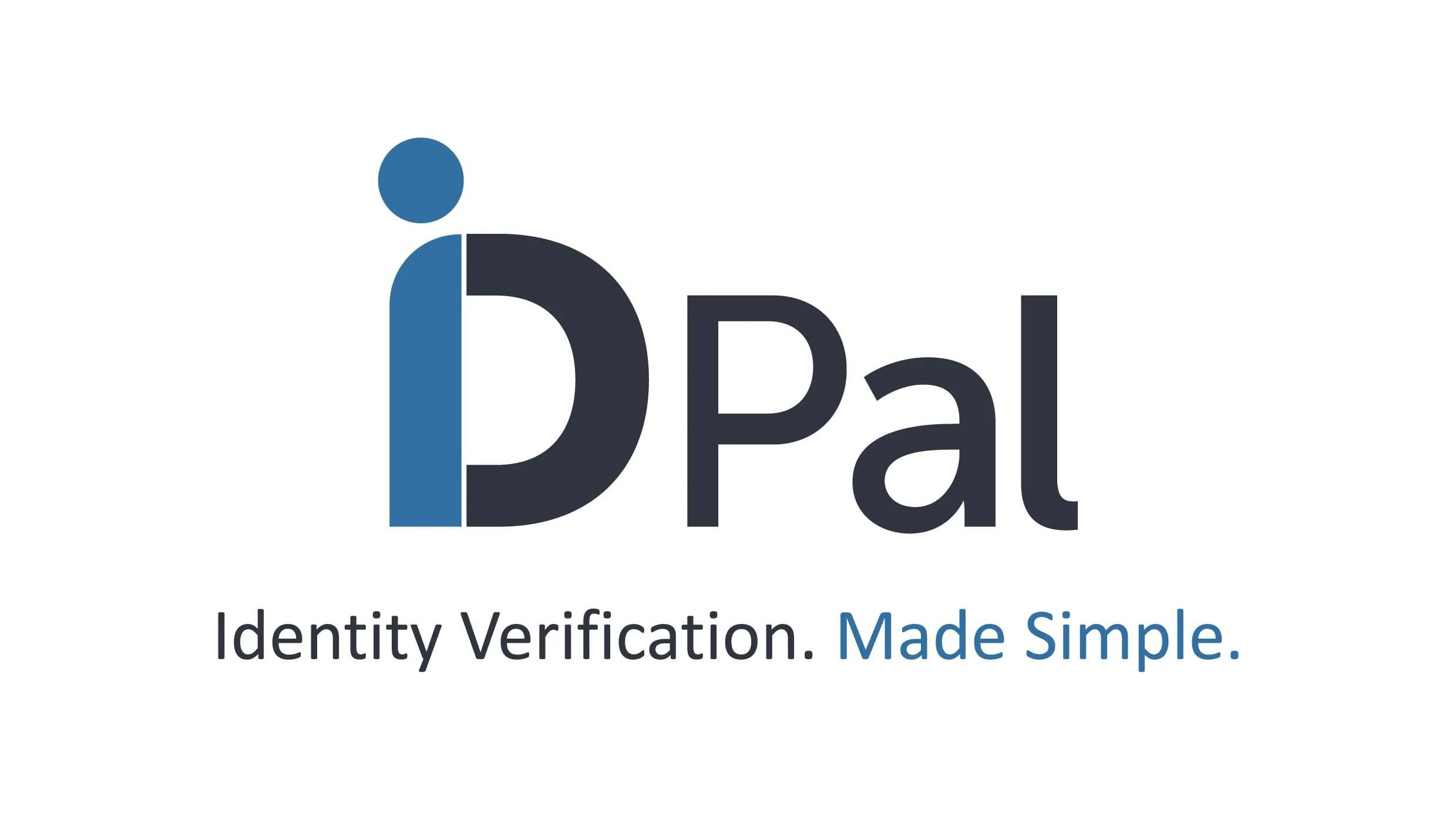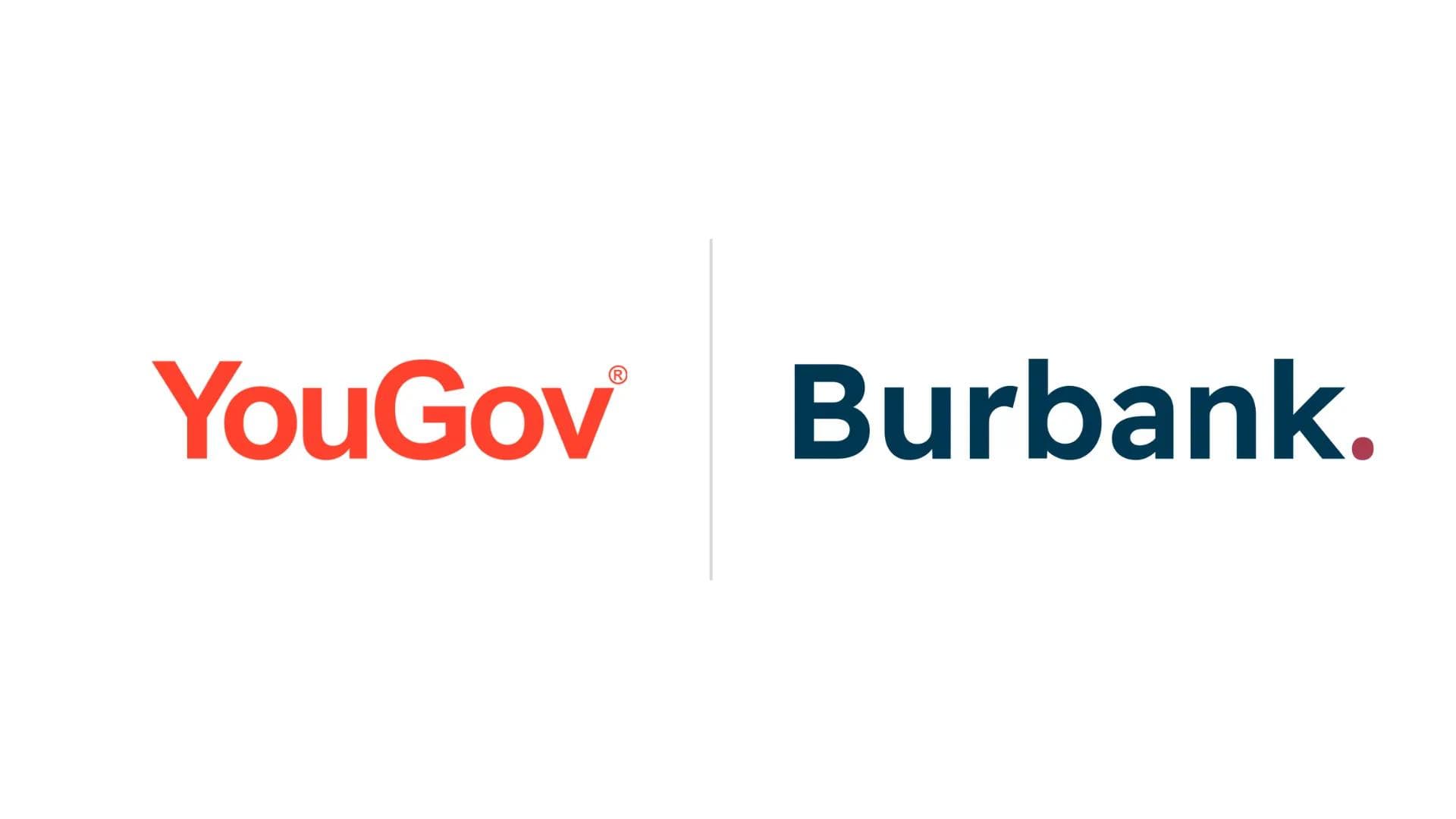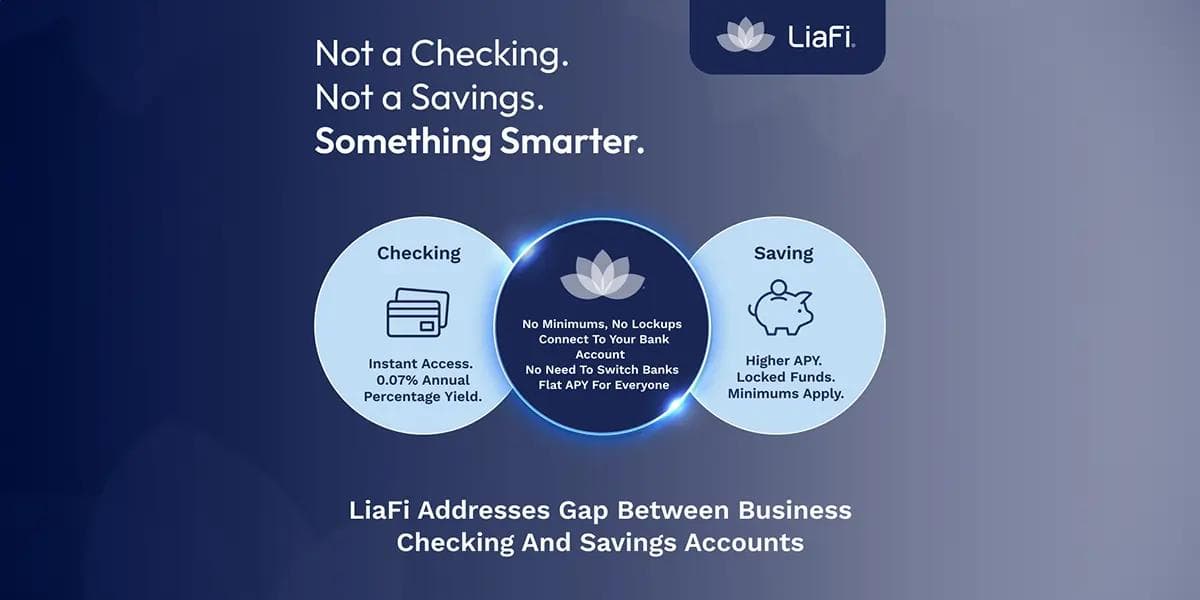Digital Identity: Transforming Modern Banking Security and Operations
Digital Identity: Transforming Modern Banking Security and Operations
Published by Jessica Weisman-Pitts
Posted on April 11, 2025

Published by Jessica Weisman-Pitts
Posted on April 11, 2025

Digital identity has become a foundational element of the modern banking ecosystem, redefining how institutions secure customer information, streamline operations, and meet evolving regulatory demands. In an era shaped by rapid digitalization, financial institutions are moving beyond legacy systems to deploy advanced identity verification frameworks that combine security, compliance, and user experience. As fraud risks increase and customer expectations shift, the adoption of digital identity solutions has become essential to resilience, trust, and long-term viability in modern banking.
Strategic Importance of Digital Identity
The financial sector is experiencing a sharp increase in sophisticated identity-related threats, making digital identity systems essential infrastructure for modern banking. Digital document forgeries surged by 244% year-over-year, now accounting for over 57% of all document fraud cases. This marks the first time digital forgeries have overtaken physical ones—a trend driven by the growing availability of generative AI tools and fraud-as-a-service platforms.
Entrust's 2025 Identity Fraud Report also highlights the rise of f deepfake attacks, which now represent 40% of video biometric fraud attempts and occur roughly every five minutes. While concerning, these developments also underscore the potential of advanced technologies to counter such threats, revealing the limitations of legacy verification systems in combating dynamic, AI-enhanced fraud tactics.
In response, financial institutions are implementing multi-layered digital identity frameworks that incorporate biometric verification, behavioral analytics, and AI-powered anomaly detection. These systems strengthen security and enhance operational efficiency by streamlining onboarding and authentication processes.
Digital identity systems have become foundational to how banks secure customer data, reduce fraud, and meet compliance expectations. As threats evolve and expectations rise, banks are shifting from fragmented solutions to long-term identity strategies.
Advanced Authentication Technologies
As cyber threats grow in scale and sophistication, financial institutions are advancing beyond traditional password-based systems to adopt layered, biometric-driven authentication models. Modern biometric technologies now form the backbone of identity verification in digital banking, combining physiological and behavioral data to ensure secure and user-friendly access.
Multimodal biometric systems are gaining traction. They integrate multiple identifiers—such as fingerprints, facial recognition, and voice patterns—with behavioral biometrics that assess how users interact with devices. This layered approach significantly reduces false positives and strengthens fraud prevention, as it is far more difficult to spoof multiple biometric and behavioral traits simultaneously.
In addition to biometric inputs, financial institutions are also leveraging contextual authentication—a method that considers real-time data such as device fingerprinting, geolocation, and transaction history. These systems continuously evaluate risk in the background, granting or restricting access based on deviations from established behavior.
By combining physical, behavioral, and contextual signals, banks can implement dynamic security frameworks that adapt to evolving user patterns while minimizing friction. This strategy allows institutions to uphold rigorous security standards without sacrificing user experience.
Fraud Prevention and Risk Management
Identity fraud is escalating in frequency and complexity, with reported incidents increasing by 12% annually since 2020. This rise is fueled by widespread digital adoption and gaps in legacy verification systems, which are creating persistent vulnerabilities across financial institutions.
To counter these threats, financial institutions are deploying AI-driven identity verification tools that operate in real-time. These systems analyze high volumes of transactional data, identifying subtle behavioral anomalies and patterns that may indicate fraud. Advanced models can flag synthetic identities, account takeovers, and document tampering with increasing precision, mitigating risk before losses occur.
Research from BAI highlights the growing use of omnichannel identity intelligence platforms that unify data across mobile, online, and in-branch channels. Approximately 70% of financial institutions now leverage cross-industry fraud intelligence networks, enabling stronger, more predictive fraud prevention capabilities.
This shift toward collaborative, AI-enhanced fraud detection marks a strategic departure from isolated security systems. By sharing anonymized threat intelligence and integrating verification across the customer journey, institutions gain broader visibility and improve their ability to respond to increasingly complex fraud scenarios.
Regulatory Compliance and Risk Mitigation
The compliance landscape in banking is becoming increasingly dynamic. Global regulatory expectations are evolving in response to heightened concerns over data privacy, financial crime, and cross-border transactions. In this context, digital identity systems are emerging as critical tools for navigating regulatory complexity, particularly in meeting Know Your Customer (KYC) and Anti-Money Laundering (AML) requirements.
Automated identity verification solutions reduce manual compliance workloads while increasing accuracy and auditability. By embedding digital ID checks into onboarding and transaction monitoring processes, financial institutions can maintain real-time oversight of client activity, flag inconsistencies, and ensure proper recordkeeping—capabilities increasingly expected by regulators.
Additionally, the ability to maintain detailed digital audit trails and instantly verify customer data across platforms enhances responsiveness during regulatory inquiries. This is especially important in jurisdictions where supervisory bodies accelerate digital reporting standards and tighten enforcement protocols.
Digital identity tools support compliance with data protection frameworks such as GDPR and PSD2 and enable institutions to adapt quickly to shifting legal environments with minimal disruption to operations. As regulatory scrutiny intensifies globally, institutions that leverage digital identity infrastructure will be better positioned to manage risk and avoid costly penalties.
Emerging Threats & Digital Countermeasures
Synthetic identity fraud, a form of financial crime now recognized as the fastest-growing form of financial crime in 2025. Unlike traditional fraud tactics that exploit stolen data, synthetic identities are constructed from a blend of real and fabricated information, making detection significantly more difficult using conventional verification tools. This type of fraud often involves the creation of a new identity that is not associated with any real person, making it particularly challenging to detect.
The rise of synthetic identity fraud has prompted institutions to adopt proactive countermeasures that combine artificial intelligence, machine learning, and advanced data analysis. AI models can track behavioral anomalies, flag irregular digital footprints, and assess the legitimacy of identities over time. These capabilities are especially critical when fraudsters bypass traditional red flags by establishing synthetic identities through legitimate-seeming activity.
RCB Bank’s research emphasizes that combating synthetic fraud requires cross-institutional intelligence sharing. This allows financial institutions to identify patterns that may not be visible in isolated systems. By collaborating on anonymized identity data, institutions can more effectively prevent fraud attempts before accounts are created or transactions are initiated.
Emerging technologies such as blockchain are also being explored as part of decentralized identity frameworks. These systems create immutable records of identity validation while giving users control over their data. Immutability and decentralization offer an added layer of trust and traceability. When integrated responsibly, they can reinforce fraud defenses while respecting evolving data privacy expectations, thereby enhancing customer trust in the security of their digital identities.
Operational Efficiency and Customer Experience
While security is often the driving force behind digital identity adoption, its impact on operational efficiency and customer experience is equally transformative. Recent analysis highlights that biometric-driven authentication and real-time identity verification can reduce onboarding time by as much as 80%—without compromising regulatory or security standards.
The benefits extend well beyond account opening. McKinsey research shows that nearly 25% of financial applications in the UK are abandoned due to complex onboarding processes, highlighting the urgency for streamlined digital identity frameworks. Automated systems eliminate repetitive document reviews, reduce operational overhead, and enable customers to engage with banking services more fluidly.
Digital identity also enables more personalized banking journeys. Identity data—used responsibly—can help institutions tailor product recommendations, anticipate customer needs, and provide contextual support through secure channels. This results in greater engagement, improved loyalty, and a measurable competitive edge in an increasingly digital-first environment.
Digital identity infrastructure offers a scalable, secure solution for institutions seeking to modernize customer service without introducing unnecessary complexity. When implemented strategically, it not only reduces operational friction but also reinforces brand trust—an essential asset in today’s competitive, experience-led marketplace.
Future Developments and Trends
Digital identity is poised for continued transformation, supported by broader economic and technological momentum. Morgan Stanley's 2025 Capital Markets Outlook projects improved macroeconomic conditions—including lower inflation and more favorable interest rates—that are expected to encourage renewed capital investment across industries, including banking. These conditions create an opportunity for institutions to expand their digital infrastructure, including identity verification systems that underpin secure and efficient customer engagement.
At the same time, financial institutions are rethinking the future architecture of digital identity itself. According to the World Economic Forum, the next generation of digital identity systems will likely shift toward decentralized, user-controlled models prioritizing privacy and data portability. These emerging frameworks rely on technologies such as blockchain and zero-knowledge proofs to create verifiable, tamper-resistant records that can be used across institutions and platforms—without exposing sensitive customer data.
Artificial intelligence and biometric advancements will also be central in shaping future solutions. AI-powered risk scoring, behavioral pattern recognition, and adaptive authentication mechanisms are expected to become core elements of digital onboarding and fraud prevention strategies.
As digital identity strategies mature, institutions that prioritize flexible, secure, and interoperable systems will be best positioned to deliver efficient customer experiences, meet compliance obligations, and remain competitive in a rapidly evolving financial ecosystem.
Digital identity has moved from a back-end security feature to a core function reshaping how banks operate, serve customers, and meet regulatory demands. As fraud threats evolve and customer expectations grow, institutions that treat identity as an integrated, adaptive system will be better equipped to compete and innovate. The path forward lies in leveraging intelligent, secure, and user-centric identity frameworks that deliver trust, efficiency, and long-term value across every channel.
Explore more articles in the Top Stories category











